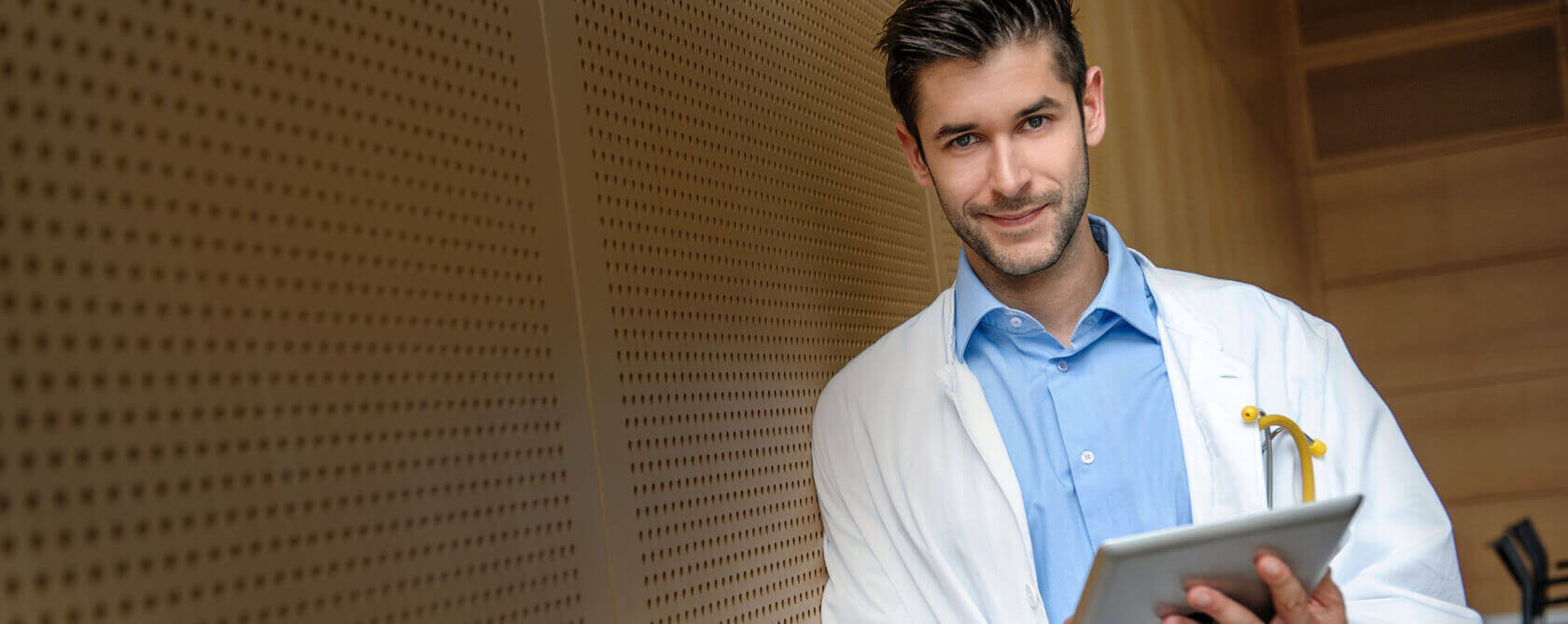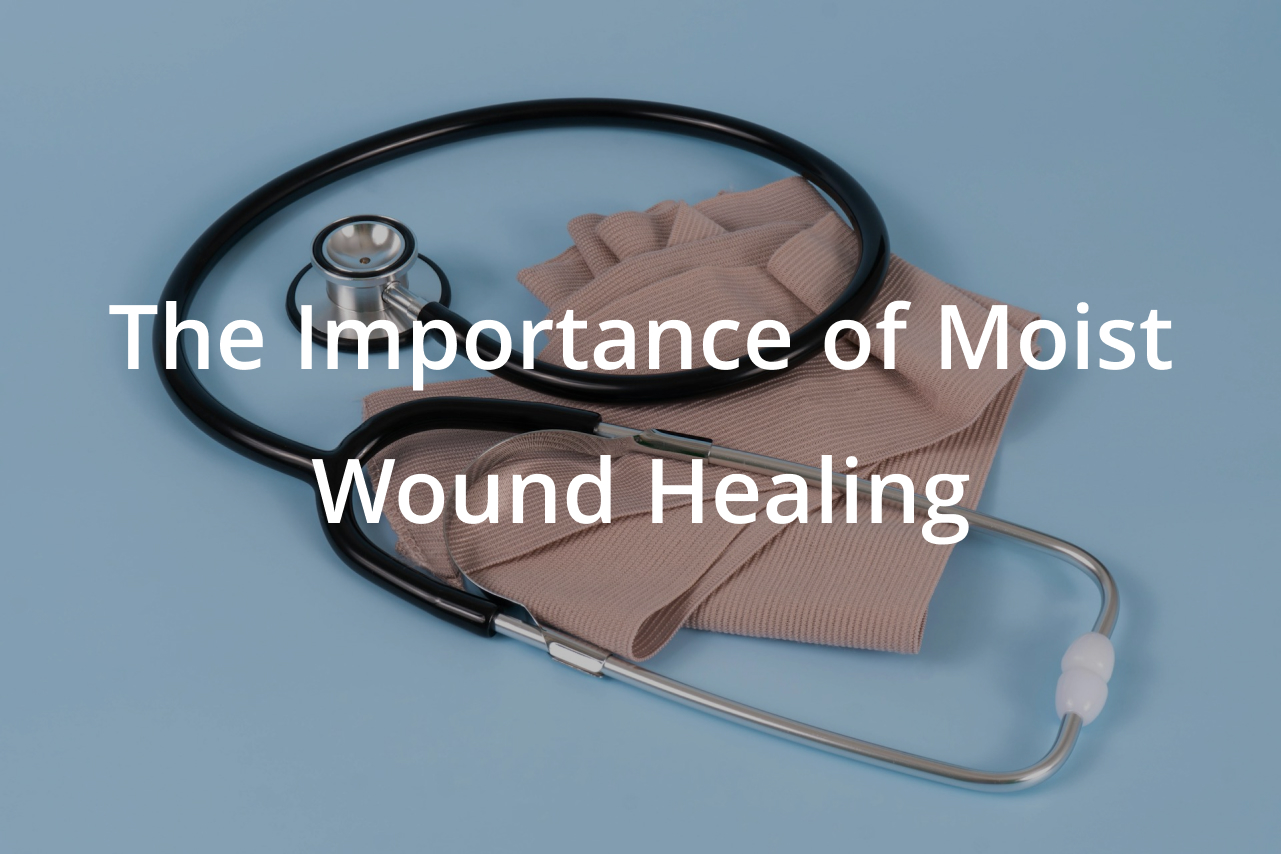Wound healing is a complex process that can be influenced by more than just medical treatments and medications. A holistic approach to wound healing considers the whole person, including physical, emotional, and environmental factors, to enhance recovery. At the Wound Center, we believe in integrating complementary and conventional medical treatments to provide a comprehensive healing experience. This blog explores various holistic approaches to support and accelerate wound healing.
The Importance of a Holistic Approach
Traditional wound care typically focuses on direct treatments such as cleaning, dressing changes, and medications. However, holistic wound healing encompasses a broader spectrum of care that addresses the underlying causes of slow healing, reduces pain, and improves overall well-being. This approach can be particularly beneficial for patients with chronic wounds, where healing is continuously challenged.
Complementary Therapies for Enhanced Wound Recovery
- Nutritional Support: Proper nutrition is fundamental to wound healing. Nutrients like protein, vitamins C and A, and zinc are crucial in tissue repair and immune function. A dietitian can provide tailored advice to ensure a diet that supports wound healing, potentially including supplements if dietary intake is insufficient.
- Herbal and Plant-Based Remedies: Certain herbs have properties that can aid in wound healing. For example:
- Aloe Vera: Known for its soothing and anti-inflammatory properties, aloe vera can be applied topically to the wound to reduce inflammation and promote healing.
- Honey: Medical-grade honey has antibacterial properties and a unique pH balance that can help reduce infection and accelerate wound healing.
- Turmeric: With its active compound curcumin, turmeric can be used topically and orally to reduce inflammation and oxidative stress at the wound site.
- Physical Therapy: Physical therapy can be crucial, especially for wounds that have impacted mobility, such as those on joints or extensive areas. Therapists can help with exercises that improve circulation to the wound, enhance mobility, and prevent contractures.
- Acupuncture: Acupuncture can help manage pain and stimulate the body’s natural healing responses. It is thought to increase blood flow and trigger the release of anti-inflammatory substances within the body.
- Mind-Body Techniques: Stress can negatively affect wound healing. Meditation, yoga, and guided imagery can reduce stress and promote a positive mental attitude, which is essential for recovery. Relaxation exercises also decrease cortisol levels, which can otherwise impair healing processes.
- Aromatherapy: Essential oils like lavender and chamomile can be used in aromatherapy to help soothe pain and offer a calming effect. When used correctly, aromatherapy can support holistic wound care, reducing stress and enhancing patient comfort.
Integrating Holistic Practices into Conventional Wound Care
- Collaboration with Healthcare Providers: Patients interested in holistic therapies should discuss these options with their healthcare providers. This ensures that all aspects of wound care, including complementary and conventional treatments, are coordinated and safe.
- Personalized Care Plans: Each patient’s wound care plan should be personalized. What works for one person may not work for another, especially considering factors like the wound type, underlying health conditions, and personal preferences.
- Monitoring and Adjustment: Regularly monitoring the wound’s progress is essential, especially when integrating new therapies. Adjustments may be necessary based on the wound’s response to holistic treatments.
Conclusion
Holistic approaches to wound healing offer a complementary path to traditional wound care methods. They address not only the physical aspects of wound recovery but also the emotional and nutritional needs of the patient. At the Wound Center, we encourage exploring these holistic options as part of an integrated care plan designed to promote healing, reduce pain, and improve overall quality of life. By considering the whole person, not just the wound, we aim to achieve the best possible outcomes for our patients.



